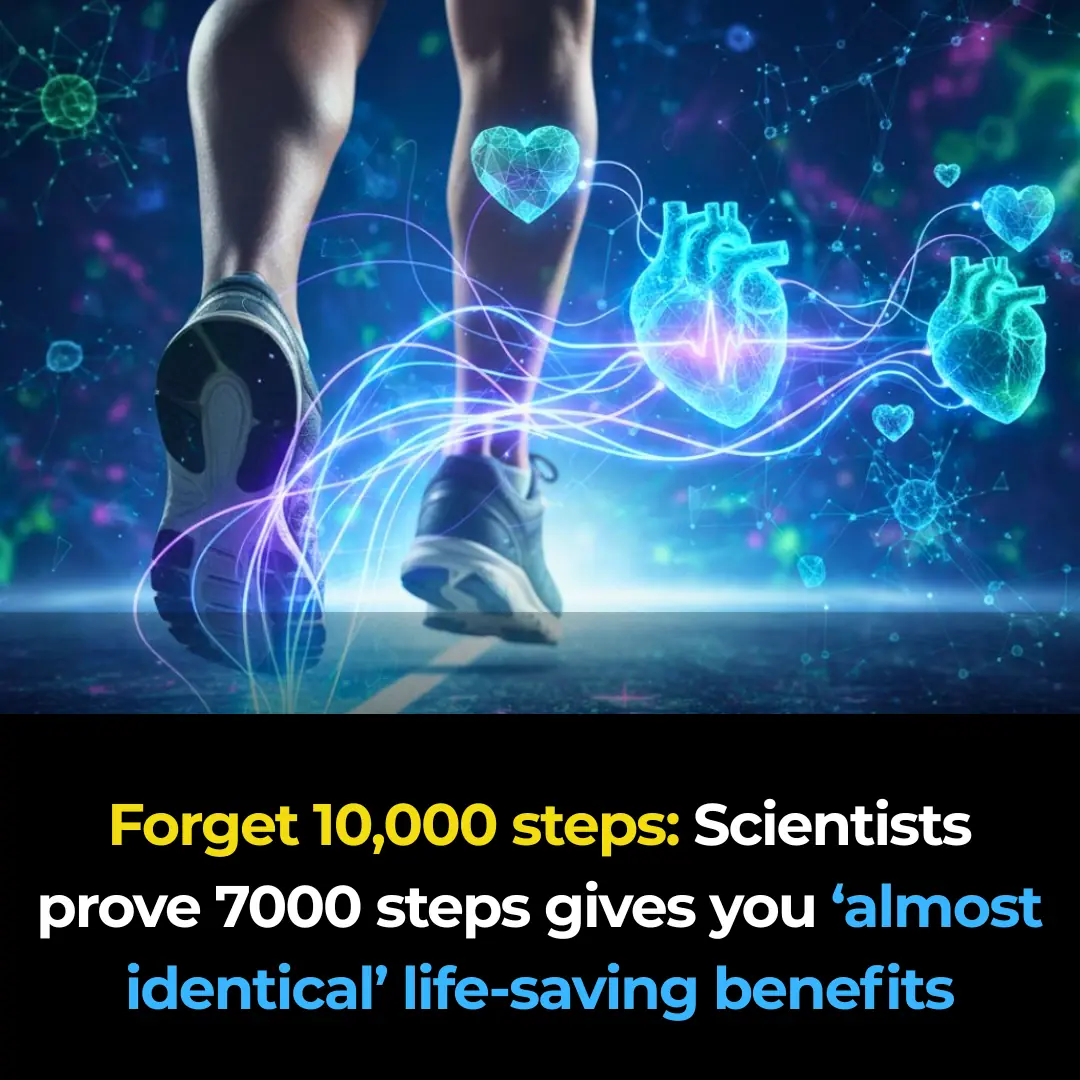
The Most Effective Natural Way to Remove Gallstones
Have you ever experienced gallbladder pain? If so, it’s something you won’t easily forget. The pain typically starts in the middle or upper right side of your abdomen and can last anywhere from a few minutes to several hours. It can come on suddenly and be quite intense.
If you’re fortunate, the pain may subside, but in many cases, it can come back even stronger. Some people may also feel discomfort in their back, usually between the shoulder blades or in the right shoulder.
A gallbladder attack can also bring symptoms such as mild to intense nausea, vomiting, sweating, fever, and chills. In some cases, your urine may turn dark yellow or brown, and your stools may become a dull greyish color.
Anatomy of a Gallstone
While the pain and symptoms of a gallbladder attack can feel overwhelming, the cause is often quite small—sometimes as small as a grain of sand. Gallstones are the most common reason for gallbladder pain, and they can occur in both your gallbladder and liver.
These hard, solid stones vary in color, from dark green and off-white to red. They are made up of elements found in bile produced by the liver, including bile salts, bilirubin, and cholesterol.
Gallstones can range in size and quantity. Some people have multiple small gallstones, measuring around 0.5 cm, while others may have one very large stone (up to 5 cm) or even hundreds of tiny stones, the size of sand granules.
No matter their size, color, or number, these stones can cause significant issues in your body if they start overwhelming your gallbladder.
What Does Your Gallbladder Do?
Your gallbladder is a small, pouch-like organ located just under your liver. It stores bile, a digestive juice produced by the liver. Before eating, your gallbladder typically fills with bile, expanding to the size of a small pear. After eating, bile is excreted to aid in digesting fats, and the gallbladder deflates, much like a balloon losing air.
While the gallbladder stores and releases bile, conventional medicine believes it is not an essential organ. Doctors state that many people live normal, healthy lives after having their gallbladders removed, in a procedure called a cholecystectomy.
Although there may be some minor risks, such as diarrhea or problems with fat absorption after the surgery, people have been getting their gallbladders removed since 1733, with the method becoming viable in 1878. By the 1990s, laparoscopic cholecystectomy, a less invasive treatment, became the preferred method and is still in use today.
Prevalence of Gallbladder Disease
According to a 2002 study published in The Annals of Surgery, gallstones affect more than 30 million Americans annually (about 12% of the population), leading to over 750,000 cholecystectomies. A 2012 study shows that this figure is rising, affecting about 15% of the population.
Gallbladder disease is becoming more prevalent in industrialized countries like the U.S., Europe, and Canada, likely due to changes in lifestyle, such as poor diet and lack of exercise.
Though it's possible to have gallstones without any symptoms, stones can cause your gallbladder to become inflamed, leading to pain and possibly infection. Gallstones are highly permeable and can absorb bacteria, parasites, and other organisms as they pass through the liver channel, potentially causing severe complications.
Why You Need Your Gallbladder
Despite the belief that the gallbladder isn’t essential, there’s growing evidence that removing it can lead to various issues. When bile acids are formed in the liver, they flow into your gallbladder, where they are stored and concentrated up to five times.
Normally, when fat enters the small intestine, your body signals the gallbladder to release bile, which helps emulsify the fat and makes it easier for your body to absorb. This process allows your body to effectively emulsify fats and absorb fat-soluble vitamins like A, D, E, and K, which are necessary for various bodily functions.
If you no longer have a gallbladder, bile is released continuously into your digestive tract, even when there’s no fat to digest. When bile isn’t properly released, it can negatively affect fat digestion, leading to deficiencies in fat-soluble vitamins and essential fatty acids, poor cholesterol metabolism, and the absorption of improperly digested fat.
Thus, it's important to preserve your gallbladder whenever possible by safely removing stones, rather than resorting to surgery.
How to Remove Gallstones Naturally
This simple gallstone remedy can help remove gallstones in just one day. You’ll want to make sure you have no other obligations, as this process requires you to relax at home. Eat only low-fat foods for breakfast and lunch on the day of the treatment and avoid taking supplements the day before.
Gallstone Remedy
Ingredients:
-
3 grapefruits (1 large, 2 small)
-
½ cup cold-pressed extra virgin olive oil
-
4 teaspoons Epsom salt (unrefined)
Instructions:
-
Eat your regular breakfast and lunch, avoiding high-fat foods. Don’t eat anything after 2 PM.
-
At 2 PM, mix 4 teaspoons of Epsom salt with 3 cups of fresh filtered water and refrigerate the mixture. You will need to take four doses of this mixture.
-
At 6 PM, drink the first dose (¼ of the mixture).
-
At 8 PM, drink the second ¼ of the mixture.
-
At 9:45 PM, squeeze the grapefruits and mix the juice with ½ cup of olive oil. Shake until the mixture is smooth.
-
At 10 PM, drink the grapefruit-olive oil mixture and lie flat on your back for 20 minutes without moving. The gallstones will start to flow out of your liver and gallbladder.
-
The following morning (not before 6 AM), drink the third ¼ of the Epsom salt mixture, followed by the last ¼ within two hours.
You may experience diarrhea the next day, but you will have successfully removed gallstones without needing to remove your gallbladder.
If you continue to experience gallbladder pain after a few days, consult your doctor to ensure there’s no serious issue.
News in the same category

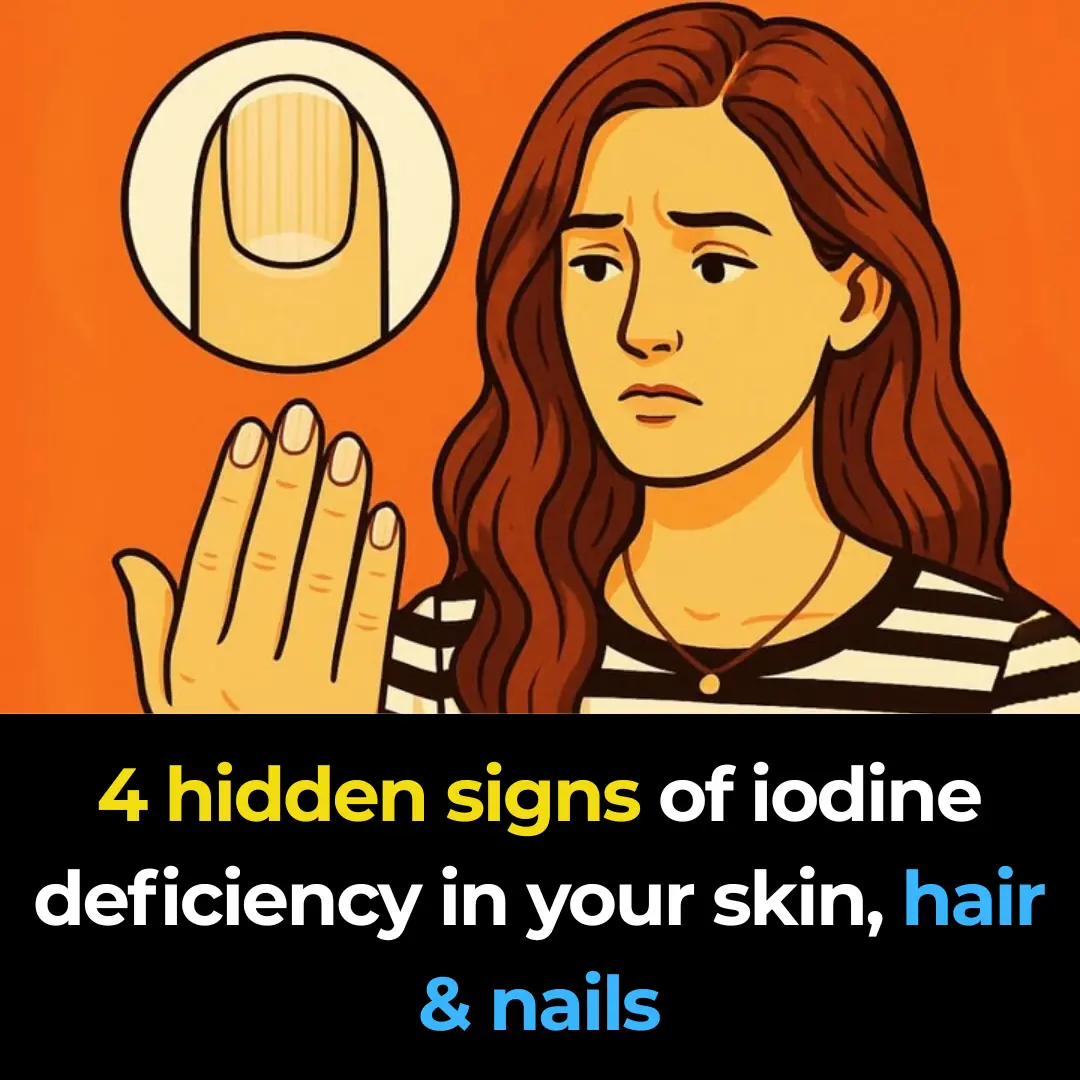
4 hidden signs of iodine deficiency in your skin, hair & nails

Here's why you should never sleep with the bedroom door open. FIND OUT MORE IN THE COMMENTS ⬇️
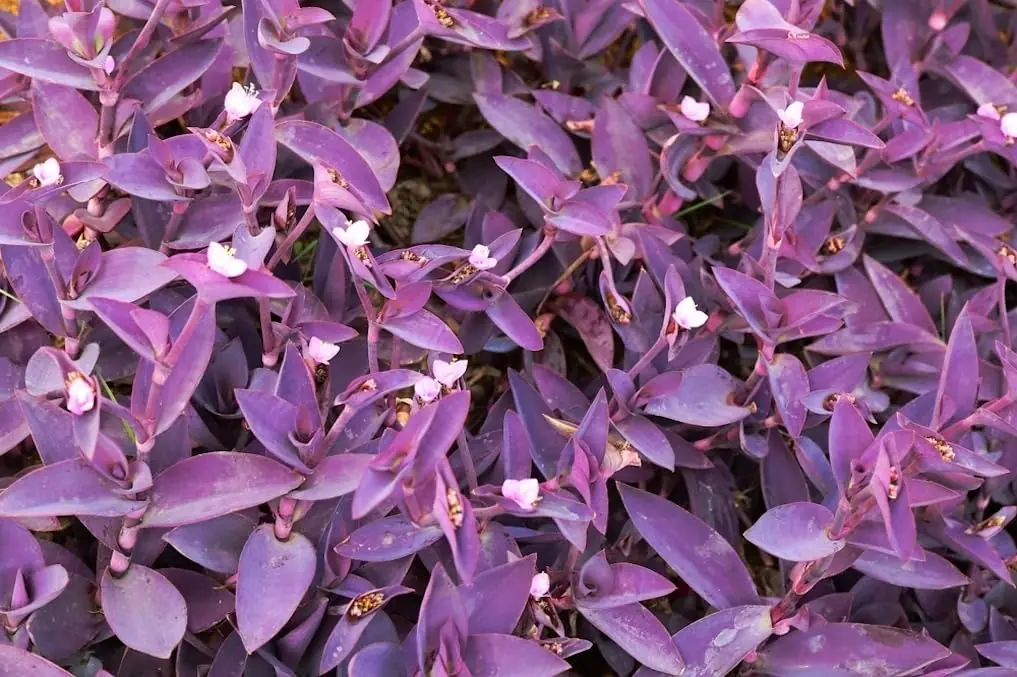
The Purple Maguey Plant — Benefits and Traditional Uses
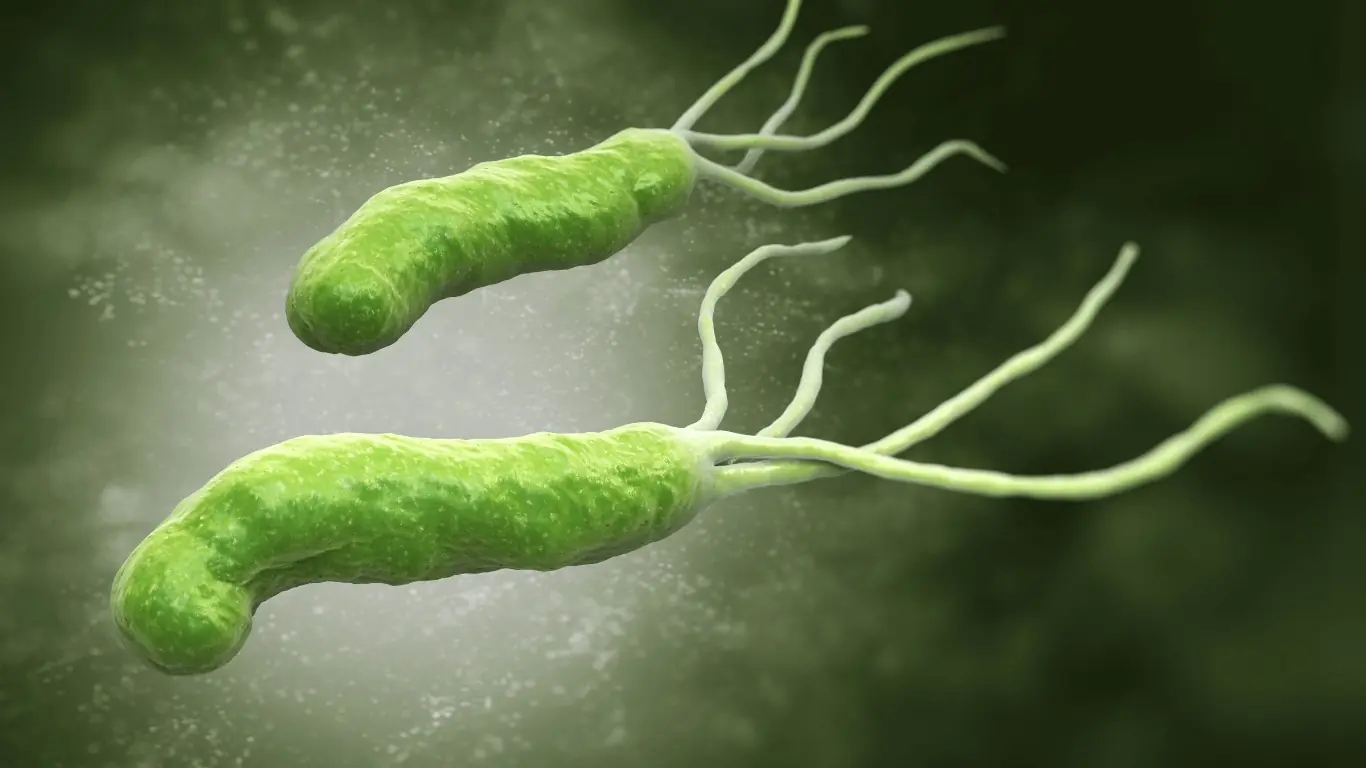
How to Naturally Kill The Bacteria That Causes Bloating And Heartburn
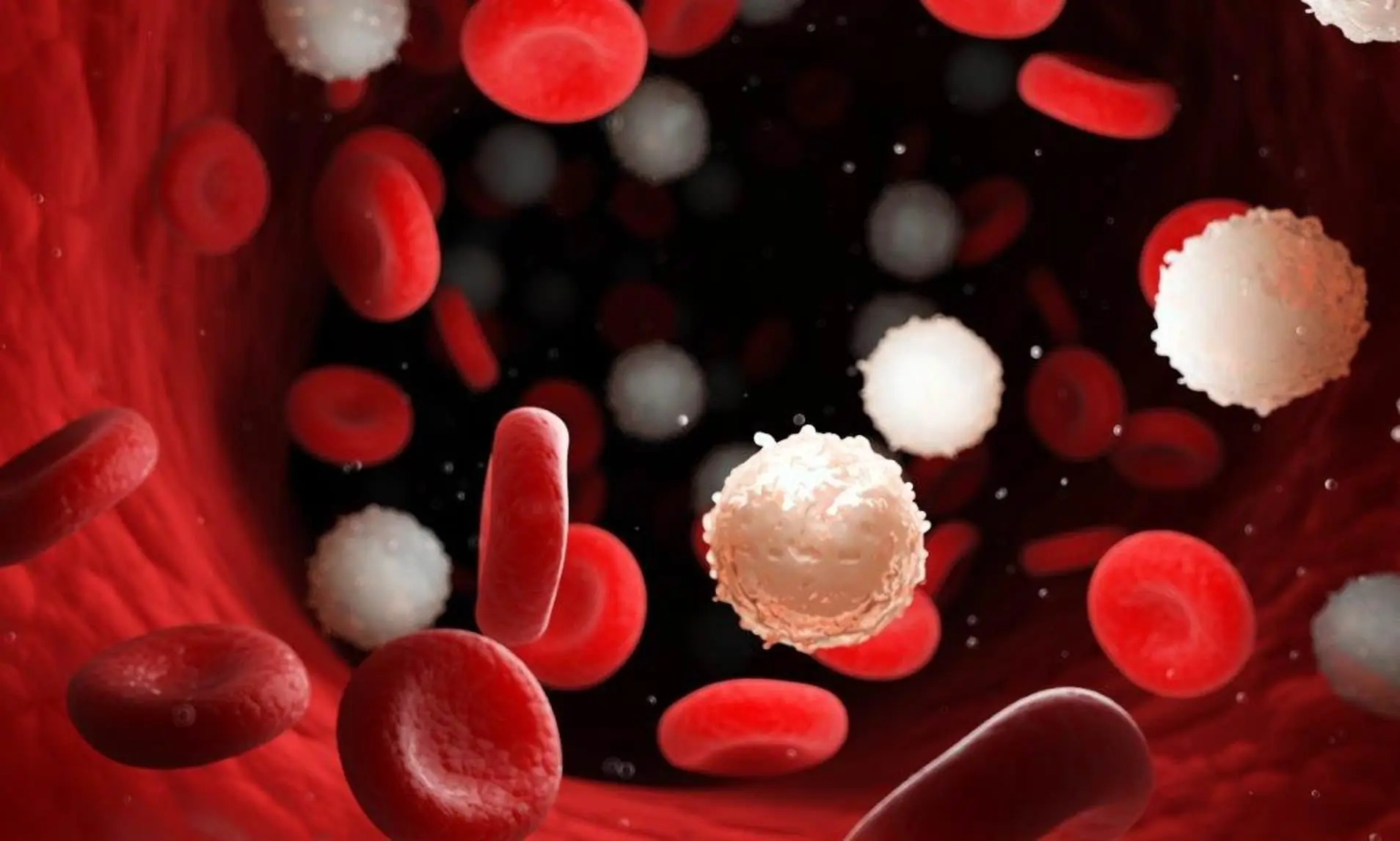
The Health Benefits of Fasting: How It Regenerates Stem Cells, Fights Cancer & Protects Your Heart

Bananas: The Common Fruit That Could Drastically Improve Your Health
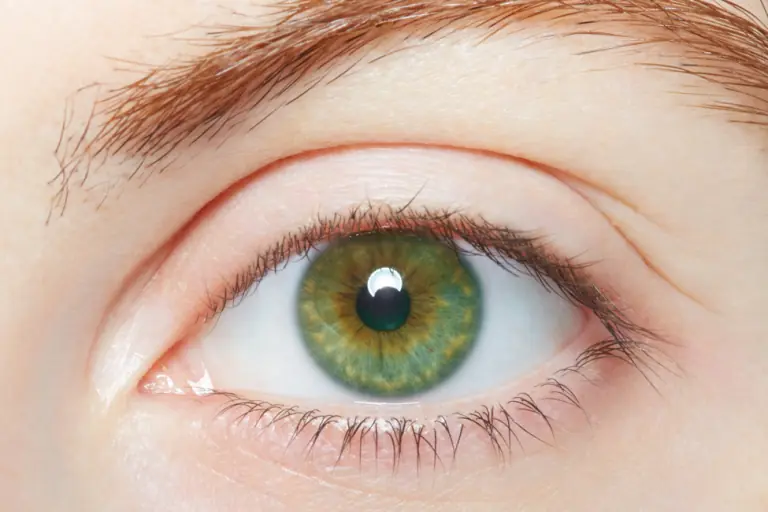
Why People with Green Eyes Are So Fascinating
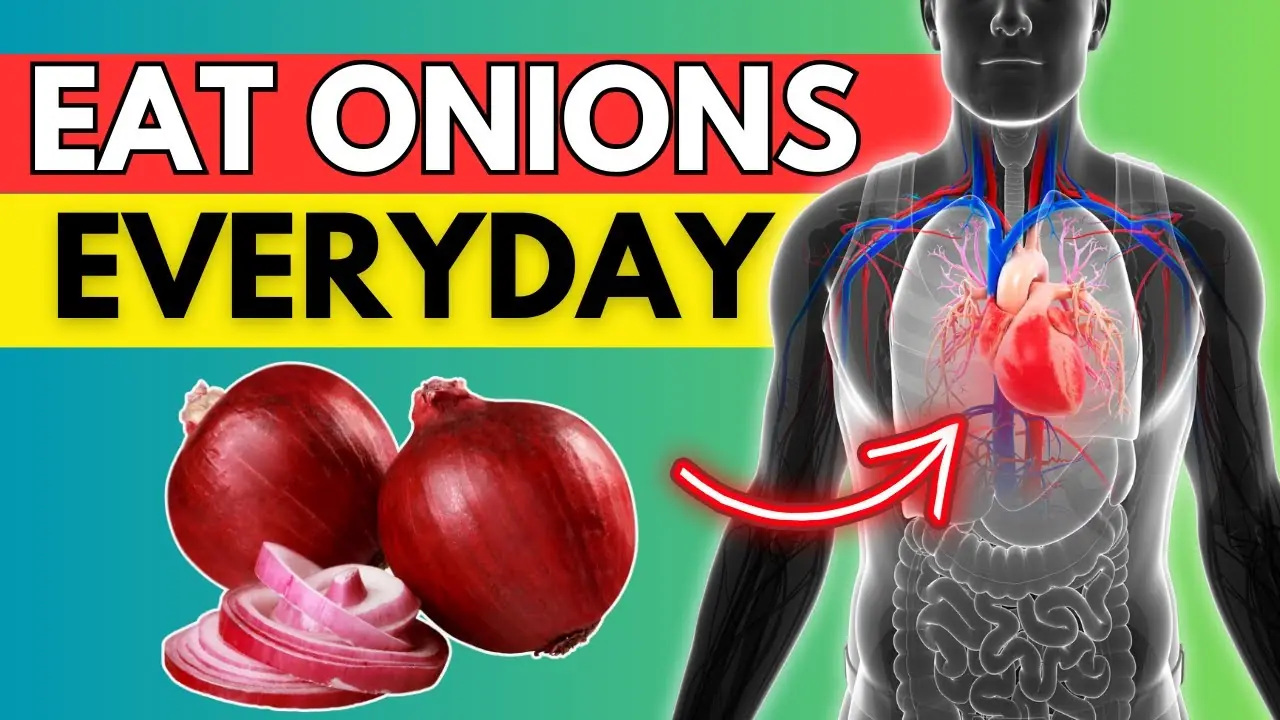
Eat Red Onions Daily and Watch This Happen
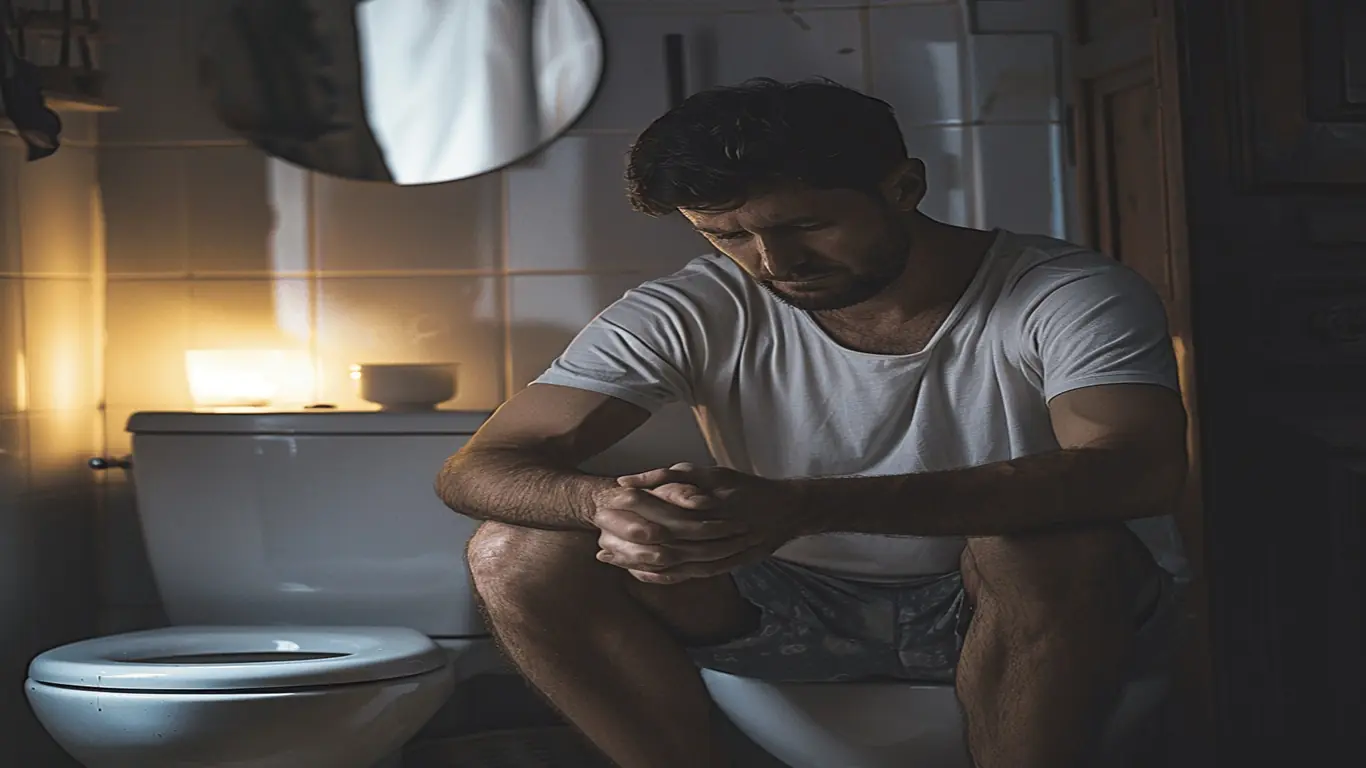
What’s the Line Between Normal and Abnormal Nighttime Urination?
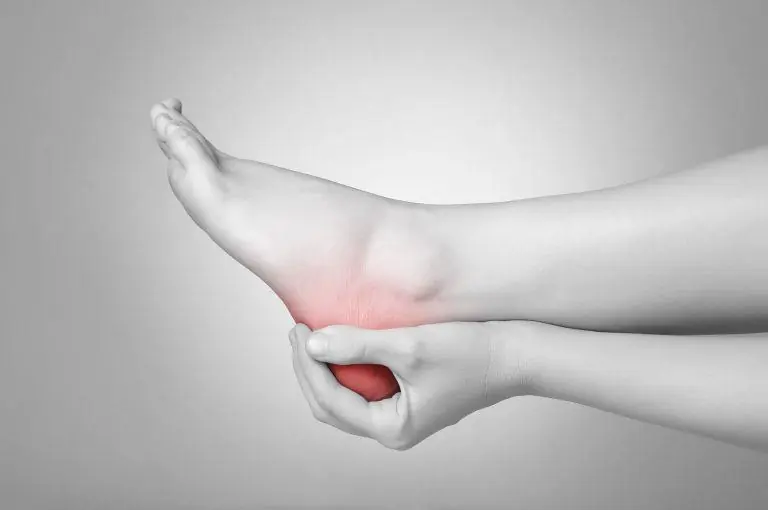
Effective Exercises to Relieve Heel Pain
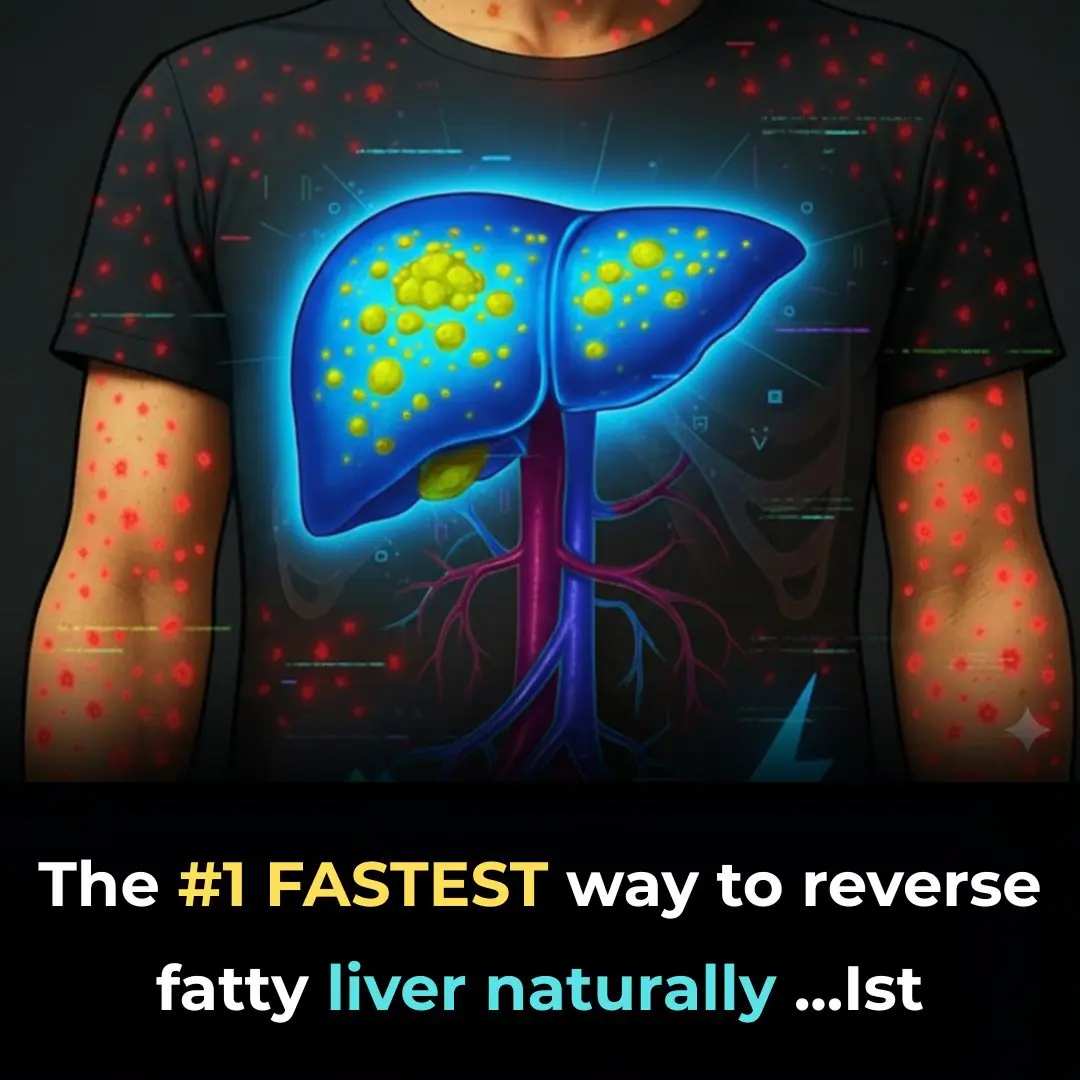
The #1 FASTEST way to reverse fatty liver naturally
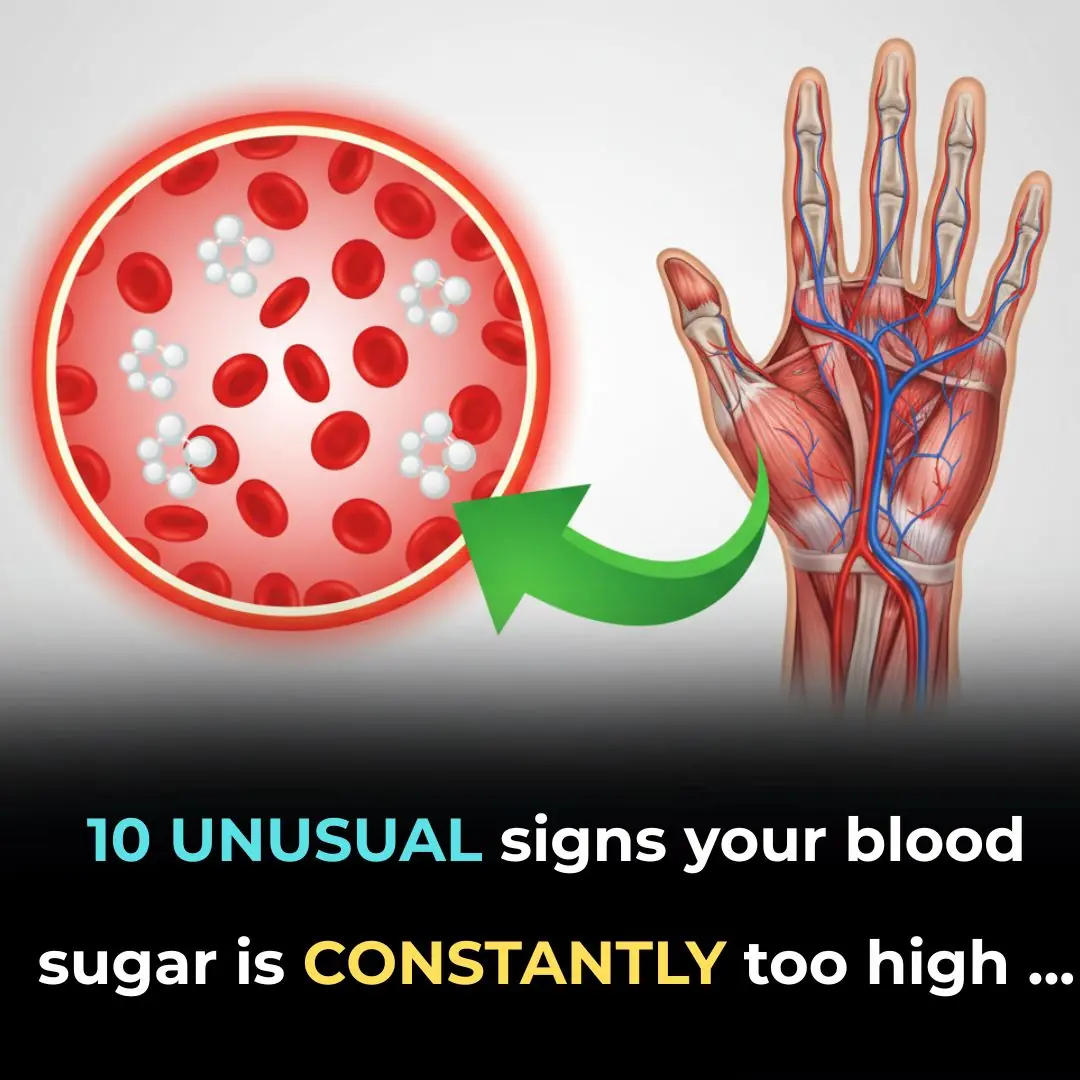
10 Unusual Signs Your Blood Sugar Is Constantly Too High

Horrifying Reality Of What Airport Security Are Able To See

Garlic, Onion & Olive Oil: The Ancient Trio That May Naturally Soothe Varicose Veins
Garlic, onion, and olive oil are humble ingredients with extraordinary benefits for circulation and vein health.
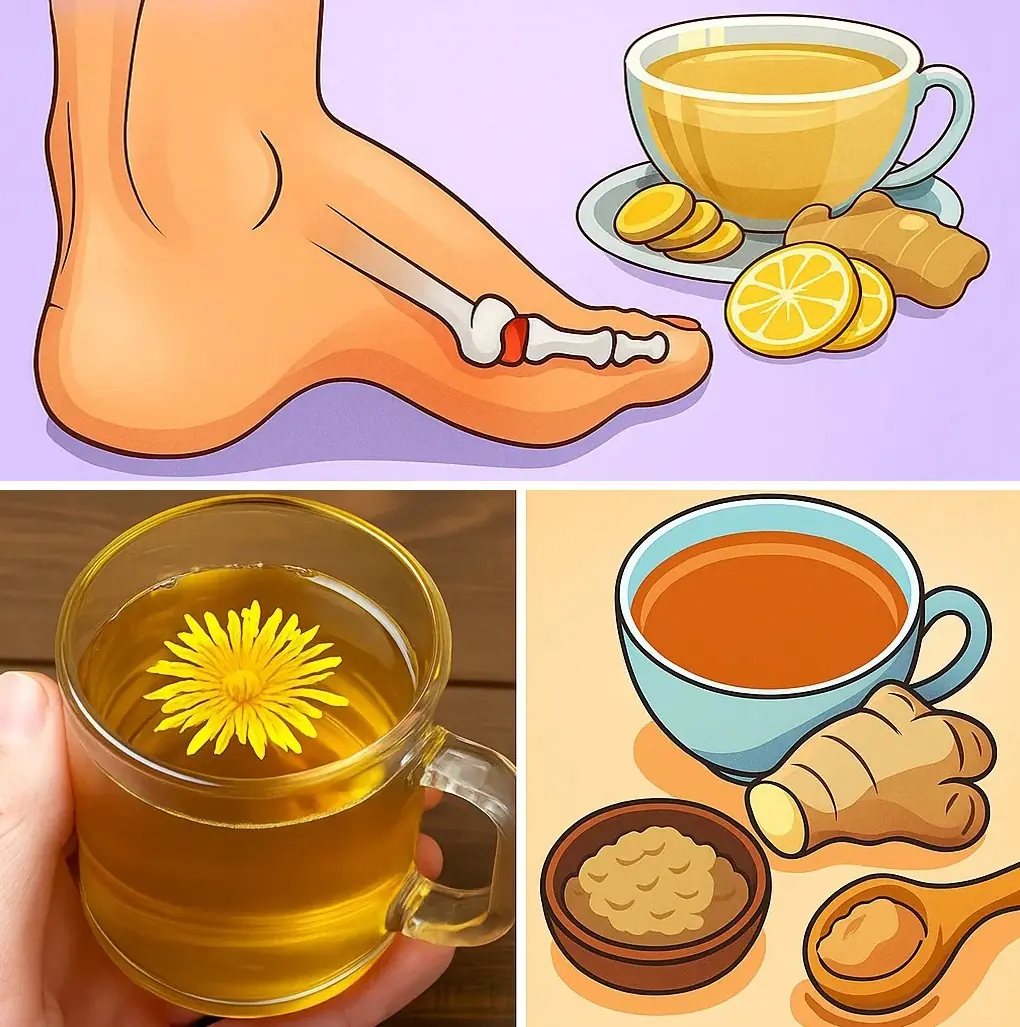
12 Powerful Herbal Teas to Naturally Lower Uric Acid and Ease Gout Pain
These teas work best alongside healthy lifestyle choices—balanced nutrition, hydration, and regular activity.
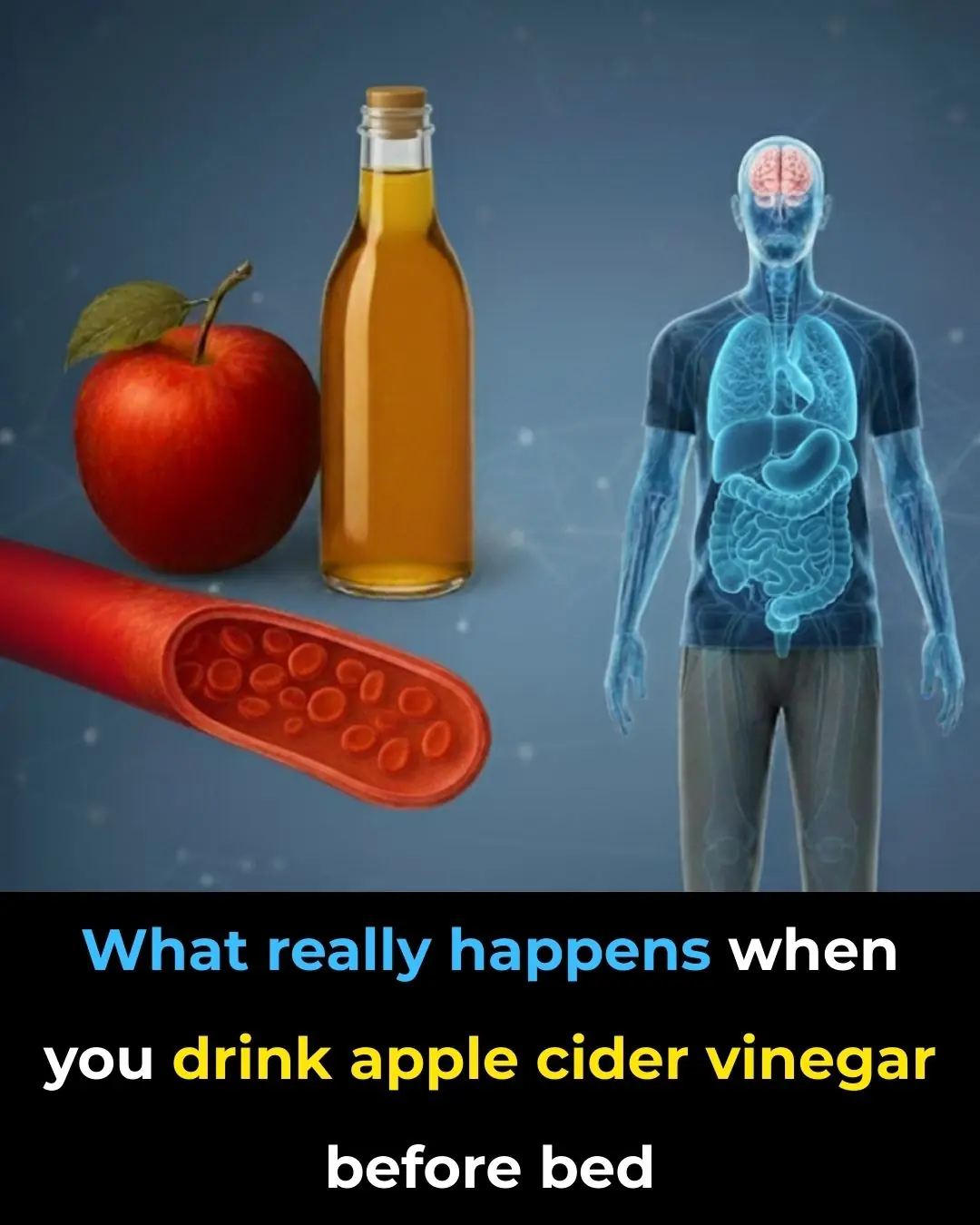
The surprising benefits of drinking apple cider vinegar before bed
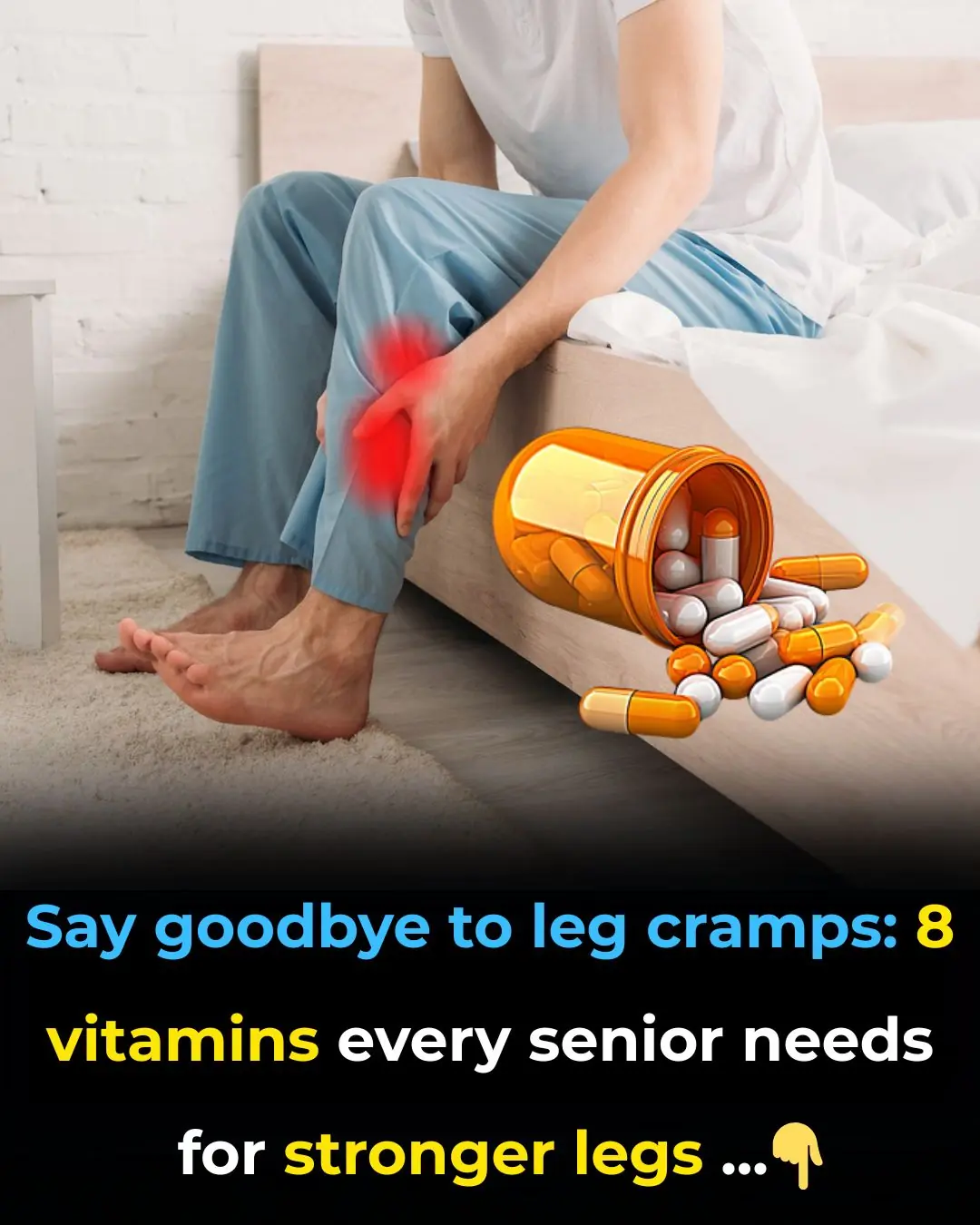
Say Goodbye to Leg Cramps: 8 Vitamins Every Senior Needs for Stronger Legs
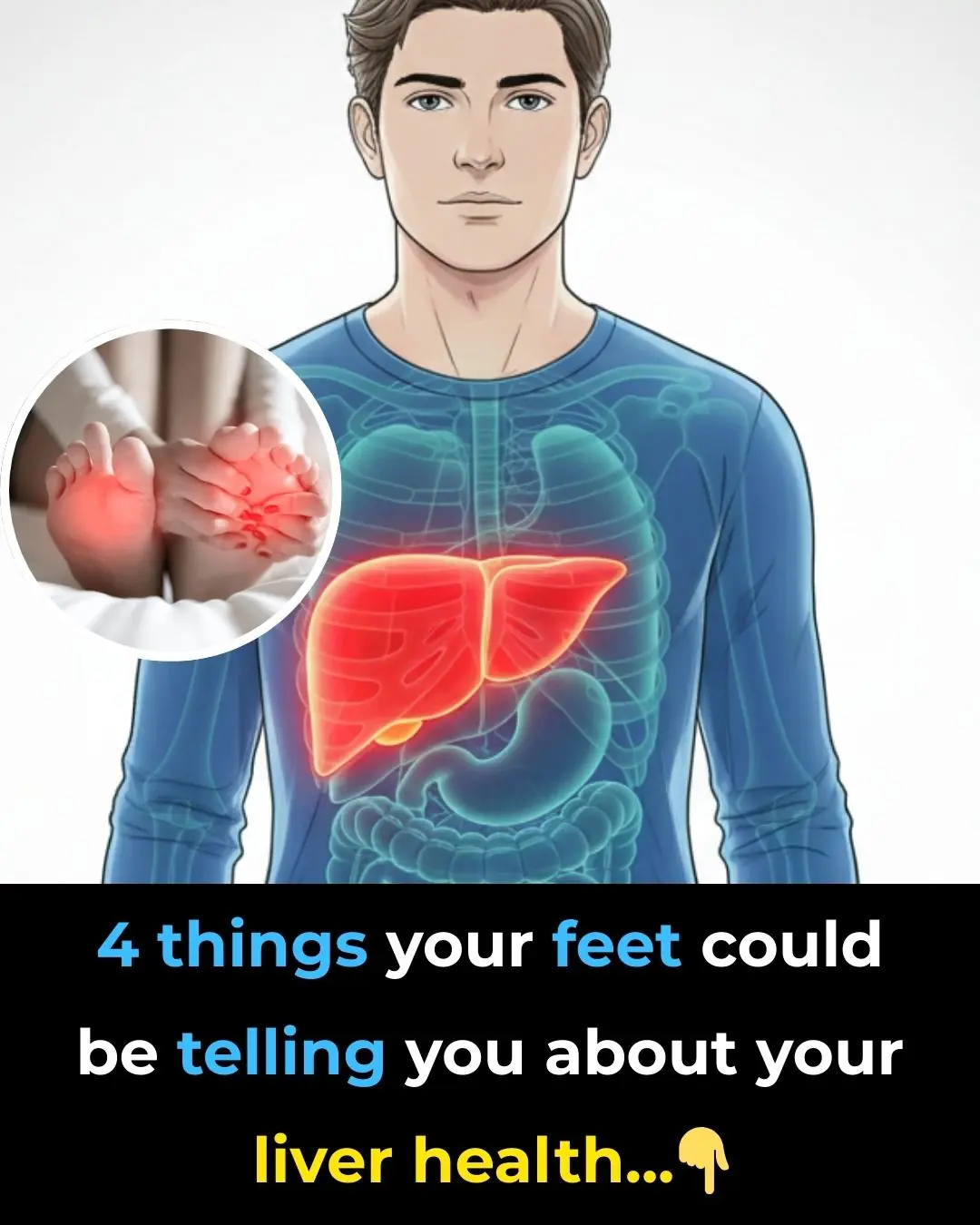
4 Things Your Feet Could Be Telling You About Your Liver Health
News Post

Forget 10,000 steps: Scientists prove 7000 steps gives you ‘almost identical’ life-saving benefits

4 hidden signs of iodine deficiency in your skin, hair & nails

Objects People Were Confused About Their Purpose

Little Pocket in Women’s Underwear

What are the benefits of aloe vera? Here are 11 uses of aloe vera for health and skin

Just by looking at the spot on the crab's shell, 100% of the meat is packed to the brim, with my husband and children praising it non-stop.

These familiar fruits help improve sleep, especially number 1, which is both affordable and delicious.
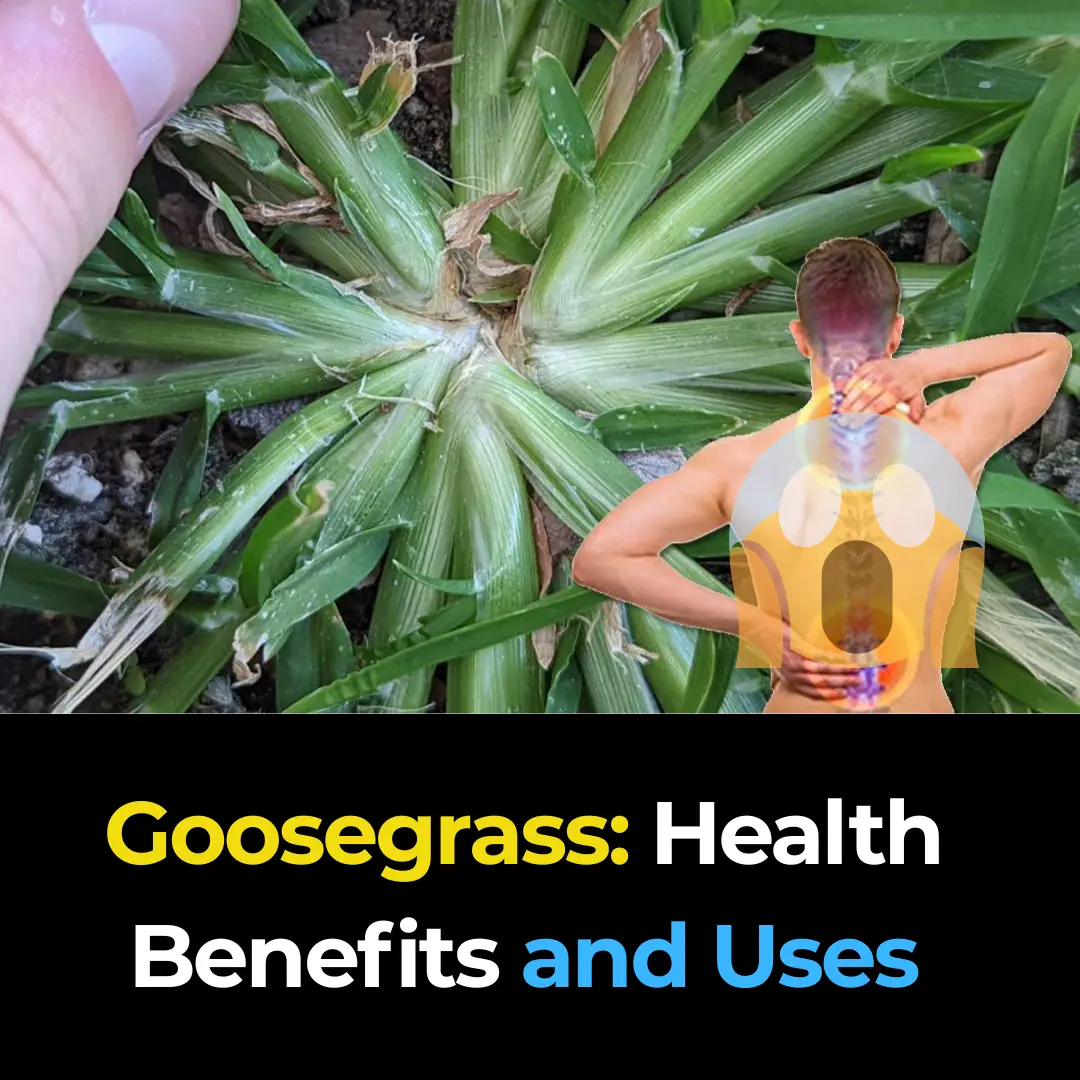
Goosegrass: Health Benefits and Uses
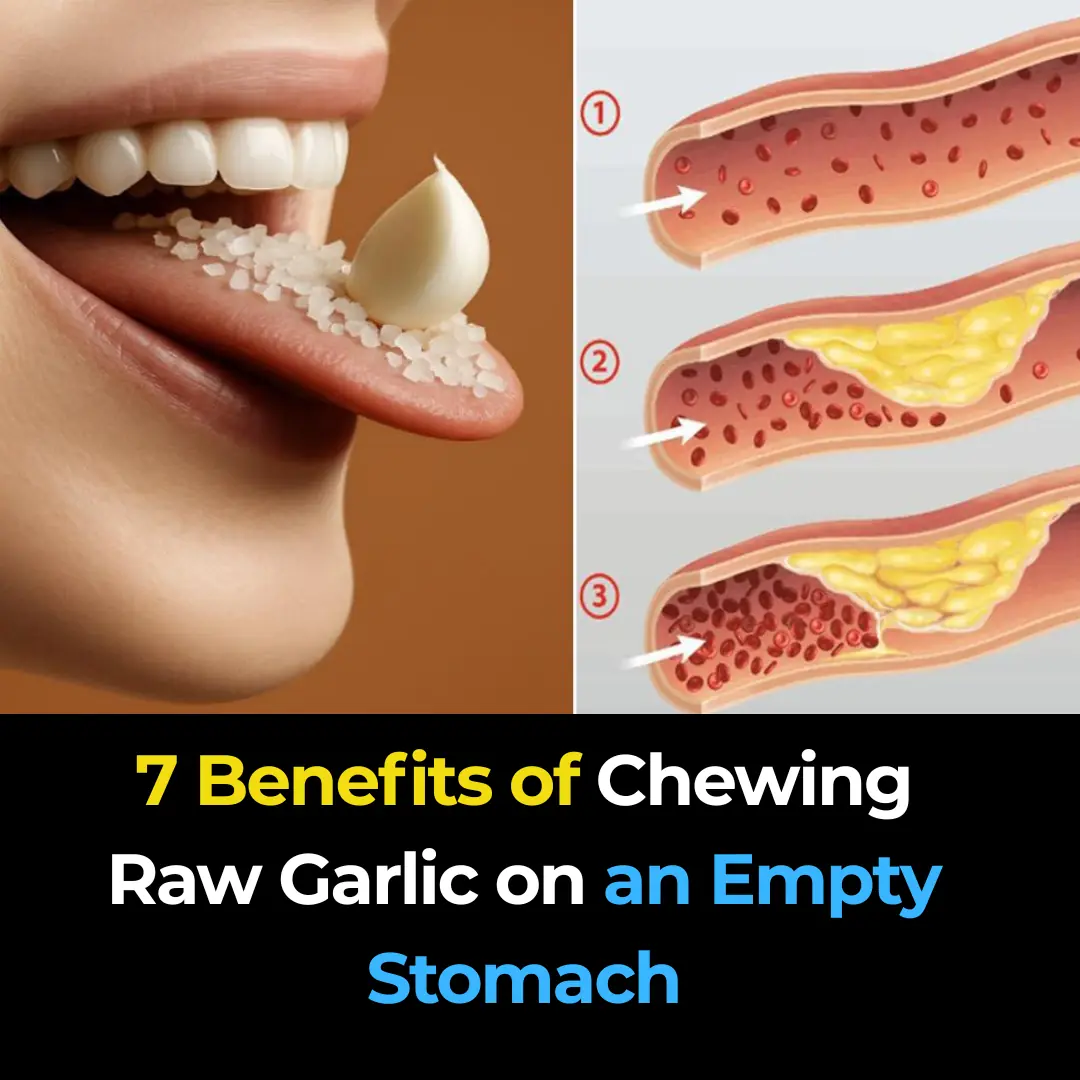
7 Benefits of Chewing Raw Garlic on an Empty Stomach

Here's why you should never sleep with the bedroom door open. FIND OUT MORE IN THE COMMENTS ⬇️
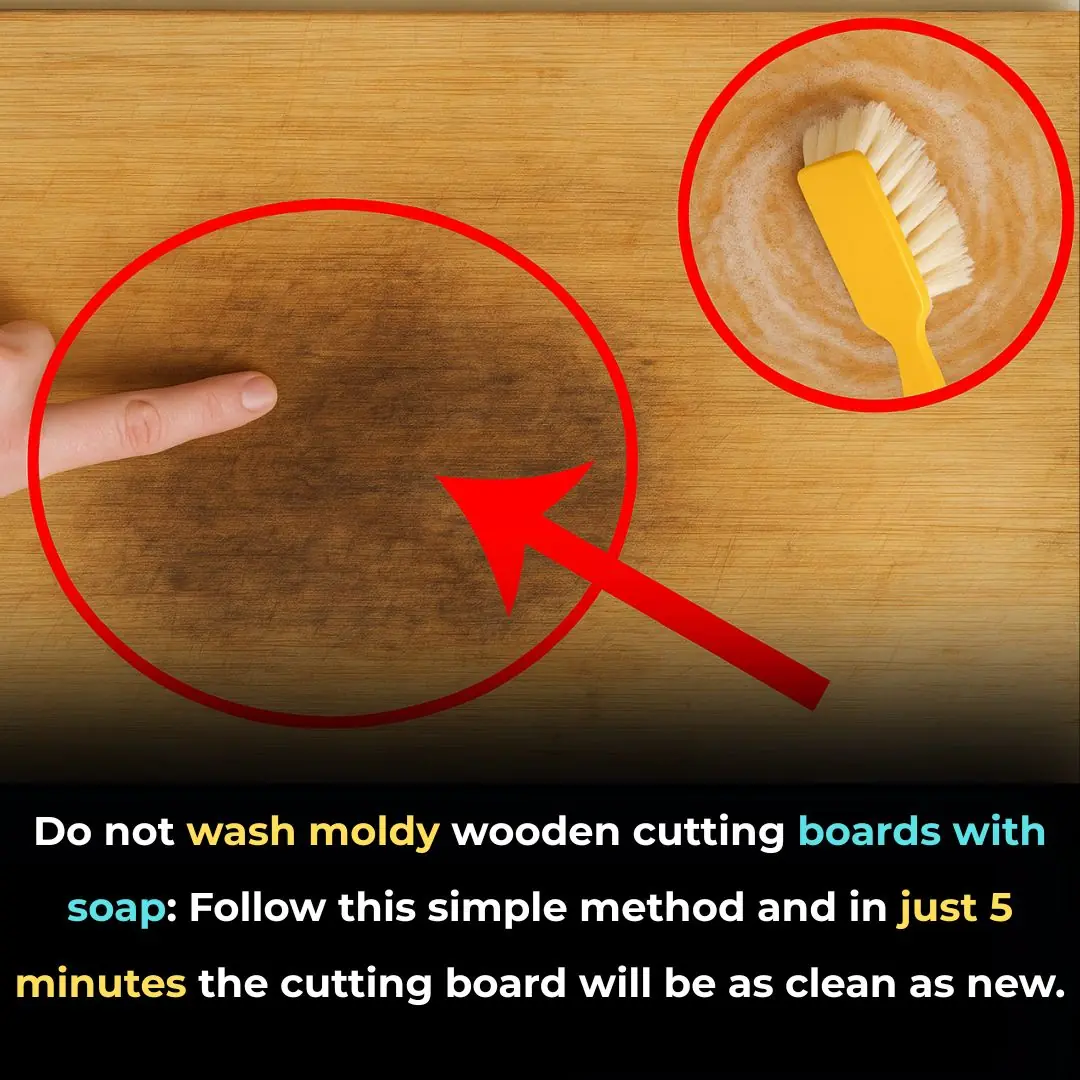
Don’t Wash Your Wooden Cutting Board with Soap When It’s Moldy: Try This Simple Method to Make It Spotless in Just 5 Minutes

Mixing Essential Balm with Toothpaste: A Handy Tip Everyone Should Know, Both Men and Women Will Want to Follow Once They Discover It

They Call It the Blood Sugar Remover: The 100-Year Remedy That Heals Kidneys, Cleans Cholesterol, and Fights Diabetes Naturally
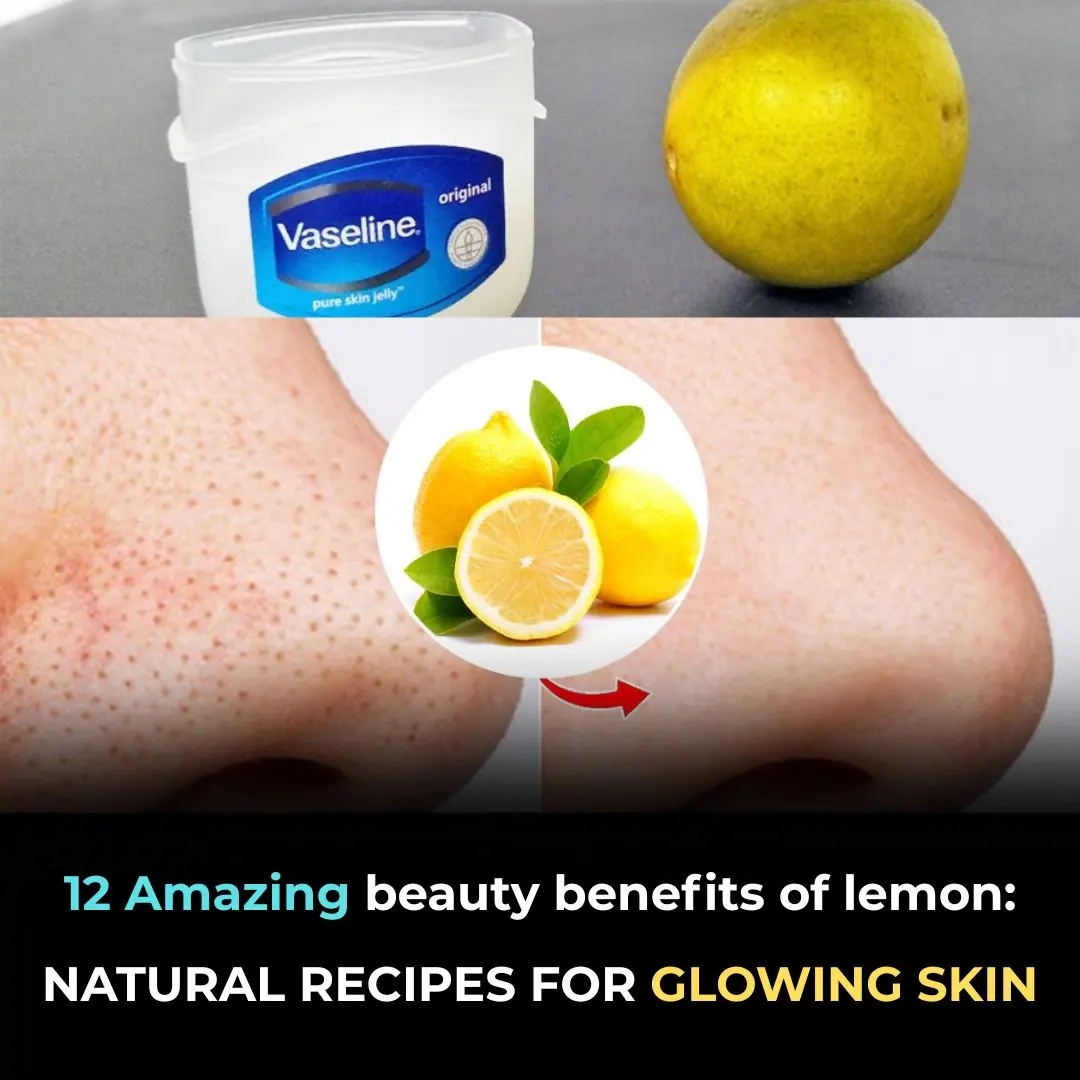
Top 5 Amazing Tips for getting rid of Blackheads and Whiteheads
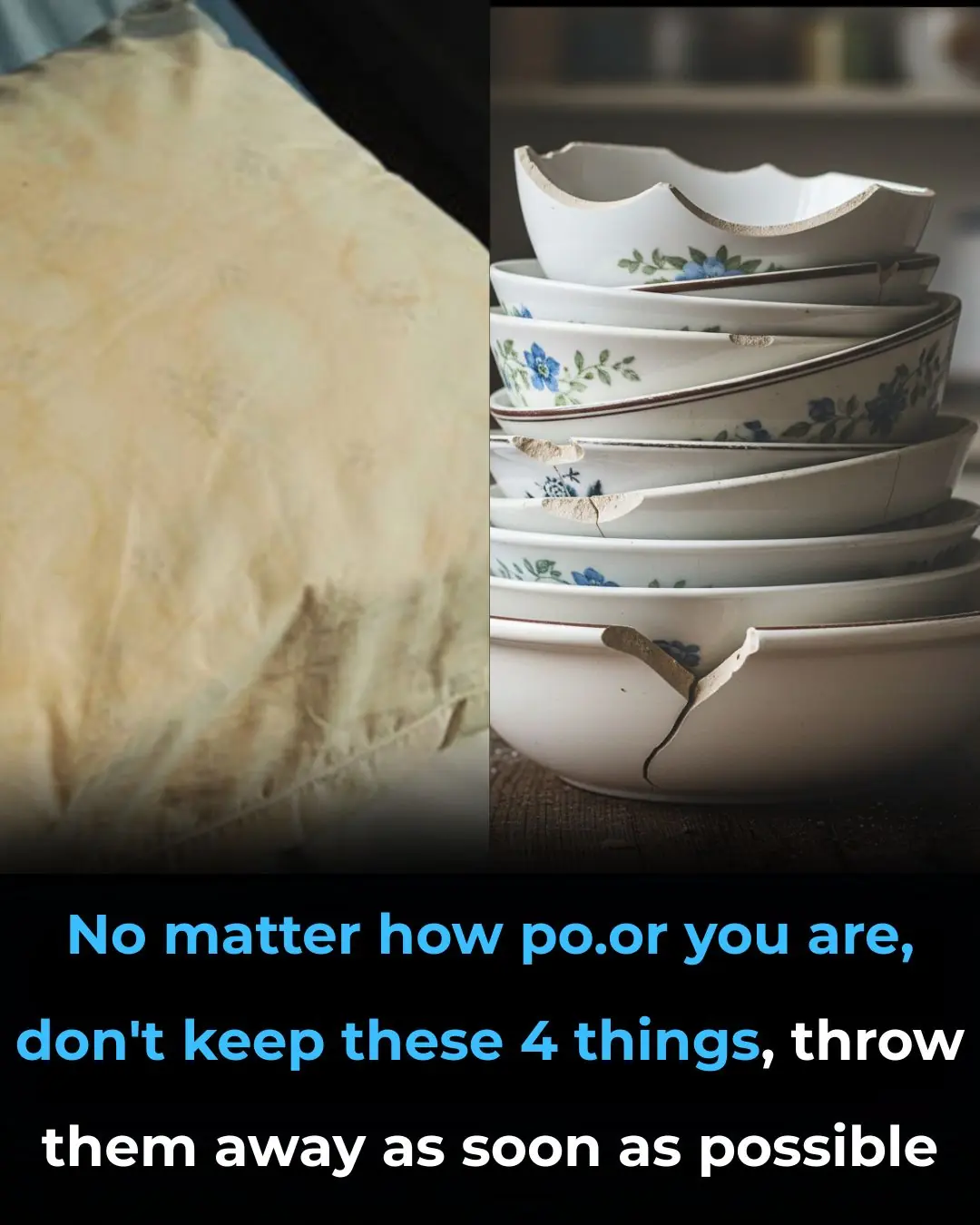
14 Items to Throw Away Right Now

Group finds spiky creatures in nest – shocked when they realize what they are

The Purple Maguey Plant — Benefits and Traditional Uses

How to Naturally Kill The Bacteria That Causes Bloating And Heartburn
